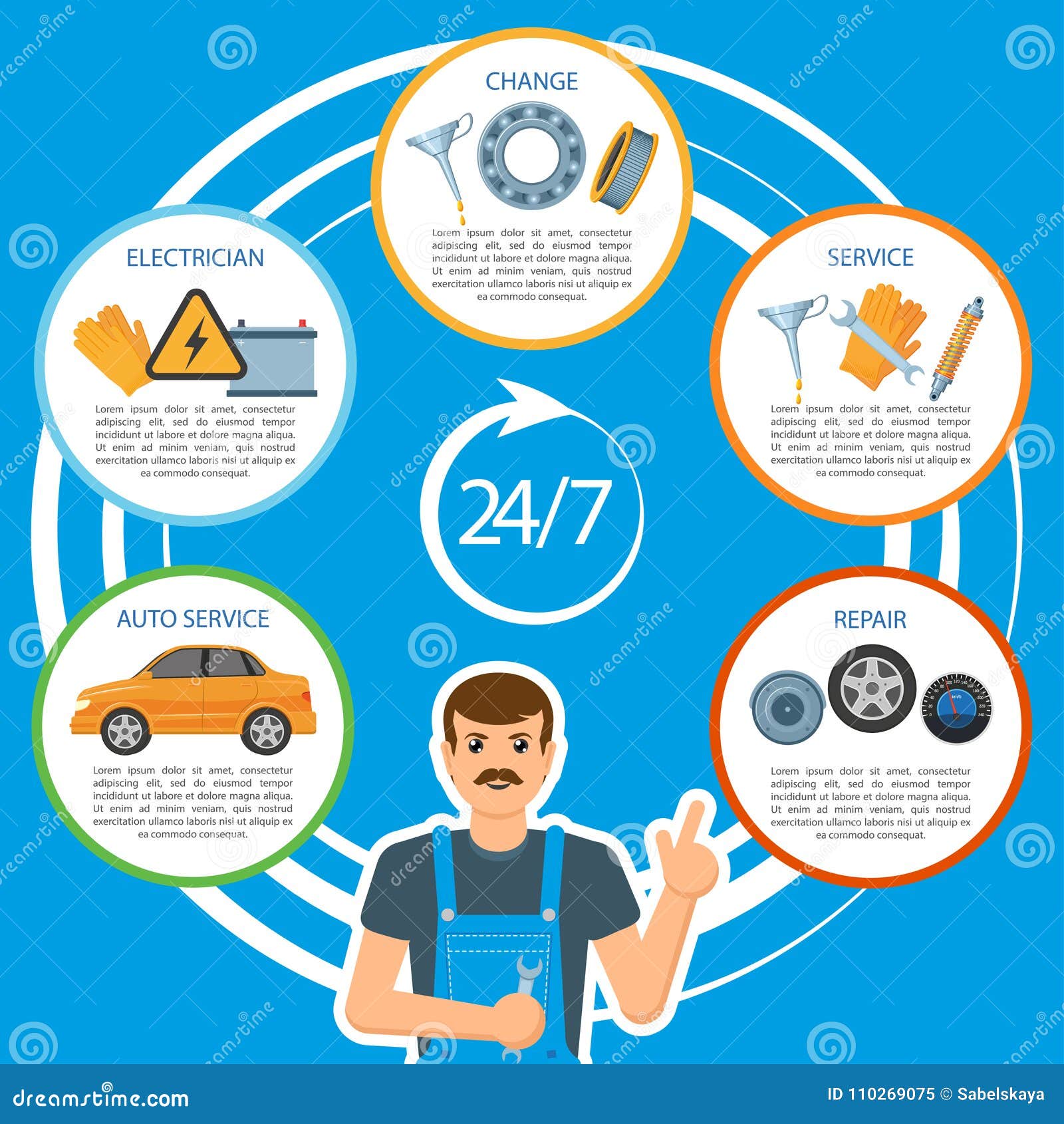Eager To Understand What The Control Panel Caution Lights In Your Vehicle Represent? Discover Their Significances For The Health And Safety And Security Of Your Automobile
Eager To Understand What The Control Panel Caution Lights In Your Vehicle Represent? Discover Their Significances For The Health And Safety And Security Of Your Automobile
Blog Article
Content By-Termansen Dalgaard
When you're behind the wheel, those glowing caution lights on your dashboard can be a little bit puzzling. Do you understand what they're trying to tell you about your auto's health? Understanding the value of these lights is vital for your safety and the long life of your automobile. So, the next time one of those lights turns up, would not you want to decipher its message accurately and take the needed steps to resolve it?
Common Warning Lighting and Interpretations
Determine common warning lights in your car and recognize their significances to make certain safe driving.
The most normal caution lights include the check engine light, which signals concerns with the engine or emissions system. If this light begins, it's vital to have your car examined without delay.
https://riversmgau.blogdanica.com/30133157/personal-account-revitalizing-my-aging-automobile-with-a-weekend-break-explaining-initiative alerting light indicates reduced oil stress, calling for instant interest to avoid engine damage.
A flashing battery light could suggest a faulty charging system, potentially leaving you stranded otherwise resolved.
The tire stress tracking system (TPMS) light notifies you to low tire stress, affecting vehicle security and gas efficiency. Overlooking this could bring about harmful driving conditions.
The abdominal muscle light shows an issue with the anti-lock braking system, endangering your capability to stop swiftly in emergency situations.
Finally, the coolant temperature warning light warns of engine overheating, which can lead to extreme damages if not settled quickly.
Recognizing these common warning lights will aid you address problems promptly and preserve safe driving conditions.
Relevance of Prompt Attention
Recognizing the usual warning lights in your cars and truck is only the first step; the significance of quickly addressing these warnings can't be highlighted sufficient to guarantee your security on the road.
When a warning light illuminates on your control panel, it's your car's way of interacting a prospective concern that needs interest. Disregarding these warnings can bring about a lot more serious problems down the road, compromising your safety and potentially costing you much more out of commission.
Prompt focus to cautioning lights can prevent failures and accidents. For instance, a blinking check engine light could indicate a misfire that, if left unattended, can trigger damages to the catalytic converter. Resolving this immediately can save you from an expensive repair service.
In https://www.monroenews.com/story/news/local/2022/04/05/local-business-owner-sues-monroe-county-sheriffs-office/7268651001/ , a brake system alerting light could indicate low brake liquid or used brake pads, crucial elements for your safety and security when driving.
Do It Yourself Troubleshooting Tips
If you discover a caution light on your control panel, there are a few DIY troubleshooting pointers you can try before seeking professional aid.
The primary step is to consult your auto's manual to comprehend what the certain caution light suggests. Occasionally the concern can be as easy as a loose gas cap causing the check engine light. Tightening up the gas cap might resolve the problem.
One more common problem is a low battery, which can set off numerous advising lights. Inspecting the battery connections for deterioration and guaranteeing they're safe and secure could take care of the issue.
If a warning light lingers, you can attempt resetting it by detaching the automobile's battery for a few mins and after that reconnecting it. Furthermore, examining your car's liquid degrees, such as oil, coolant, and brake liquid, can help repair alerting lights connected to these systems.
Conclusion
Finally, understanding your car's caution lights is necessary for maintaining your car running efficiently and securely. By promptly resolving these signals and knowing what they mean, you can prevent expensive repair services and prospective breakdowns.
Keep in mind to consult your auto's handbook for particular details on each warning light and do something about it appropriately to guarantee a hassle-free driving experience.
Remain educated, remain risk-free when traveling!
